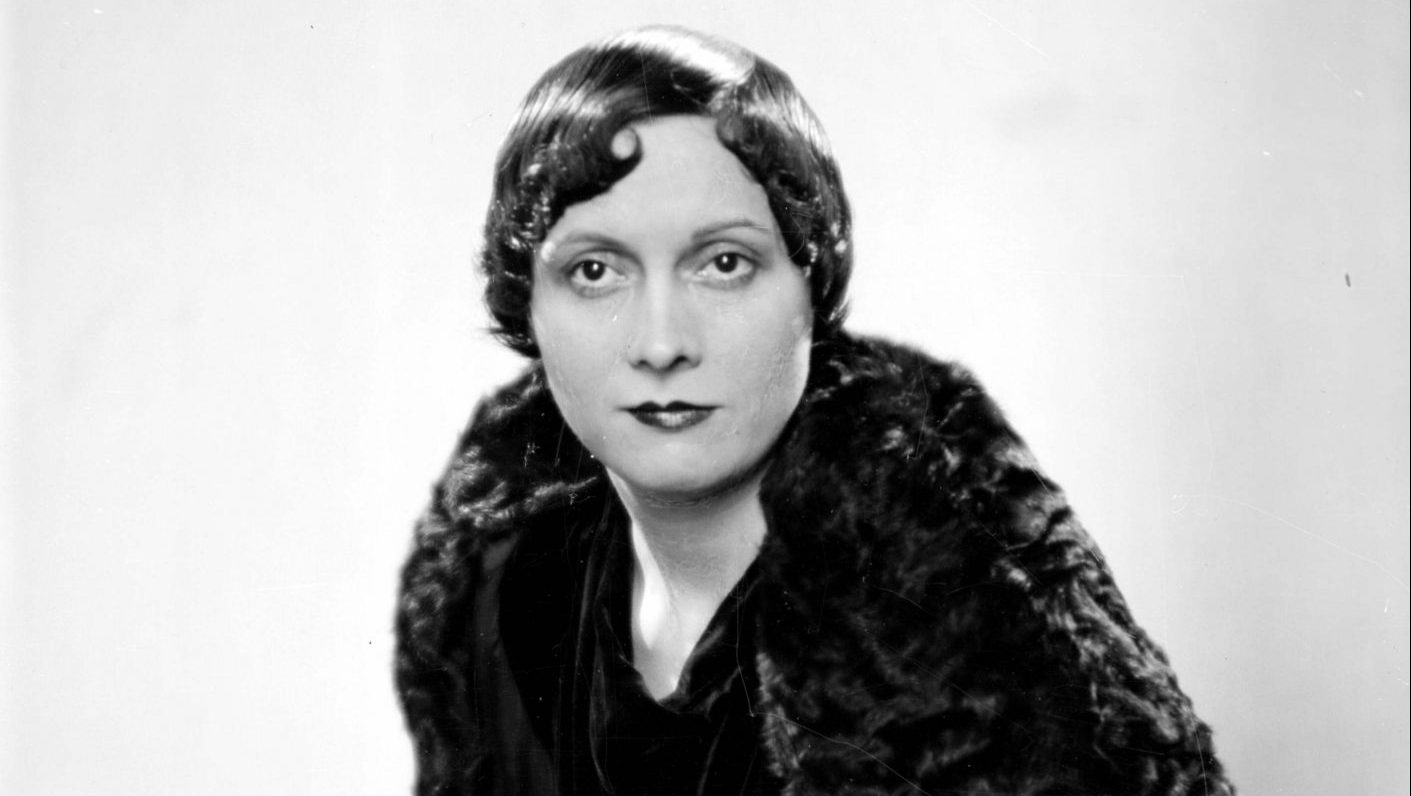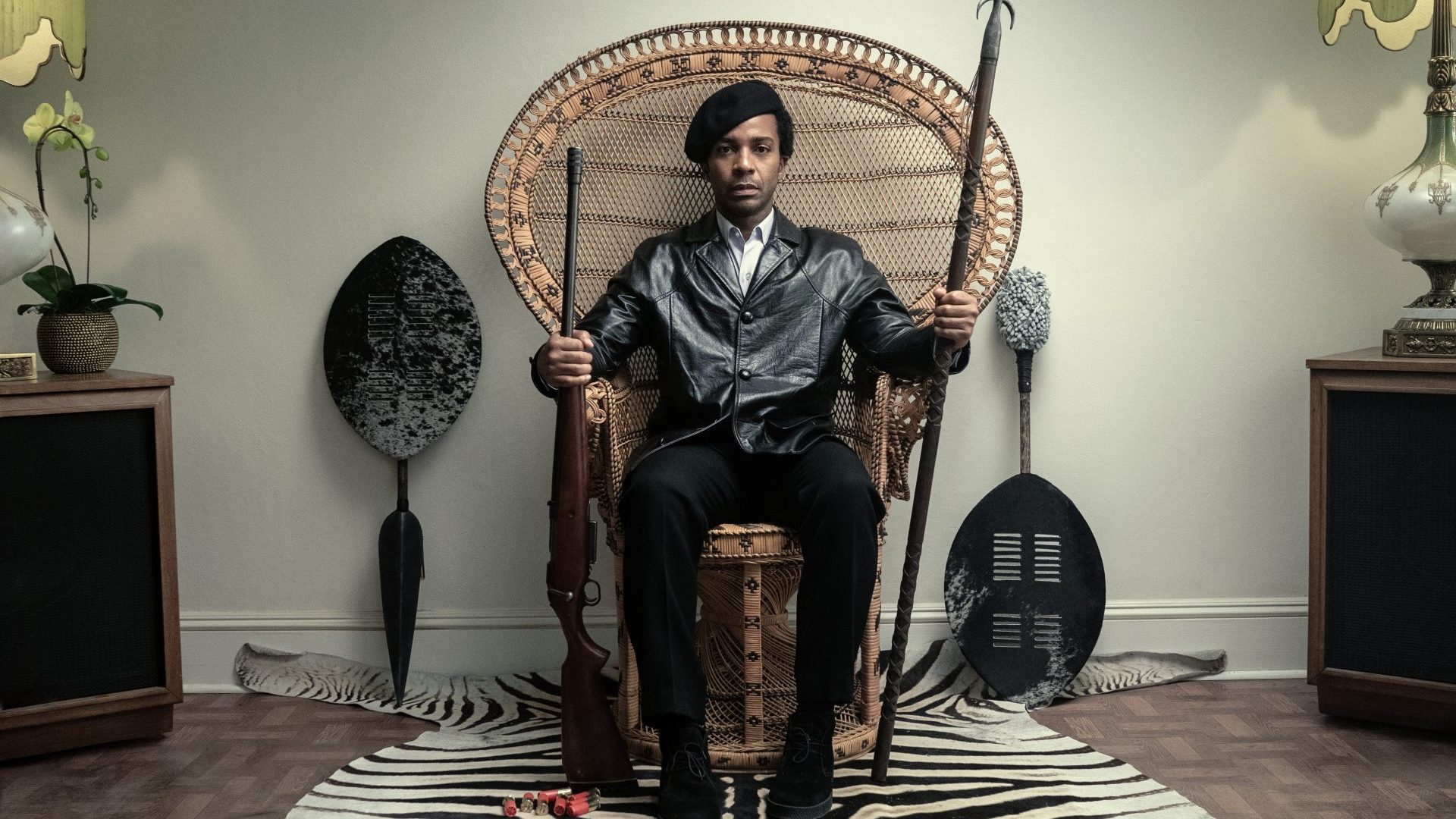French cinema, during the second world war, was a split screen. Dual realities. On one screen, the actors, directors and cinematographers who stayed in France. Or who could not get out. After the war, they may have been classed as “collabos” – collaborators.
On the other side are the people lucky enough, prescient enough, wealthy enough, intelligent or devious enough – or all of the above – to get out.
On one side of the split screen is the great actor Marcel Dalio, and his wife, the actress Madeleine Lebeau. On the other is Léonie Marie Julie Bathiat, aka Arletty, the most famous actress in France. In her elusive beauty and skill, she was the rival to Garbo.
We all know Dalio from Casablanca (1942). He is the croupier who steps up after Claude Rains utters the immortal lines “I’m shocked, shocked to find that gambling is going on here!”, and then says to him quietly: “Your winnings, sir.”
And Lebeau, who demonstrates her change of heart in that immortal scene in Casablanca where she sings the “Marseillaise” with tears in her eyes and determination in her voice.
Dalio – besides being a Jew which was life-threatening enough in occupied France – was also the star of the movie that the French right and the Nazis utterly detested and blamed for the “decadence” of the French spirit: Jean Renoir’s masterpiece, La règle du jeu (1939).
This film deserves its own column, maybe even two or three. Dalio even just being in it, let alone the star, would have led to him being rounded up by the Gestapo and on his way to a concentration camp.
Warners signed him after he escaped to America, but did not credit this great French actor in their wartime film. Maybe his story, and the stories of many of the refugee actors in the movie, were too much for the studios of Sunset Boulevard.
Victorine Studios, in Nice, in Vichy France, was where Marcel Carné’s Les Enfants du Paradis (1945) was made. And very far from Hollywood in more ways than one.
No Jews could work there. But a Jewish producer did for a while. Resistance fighters worked there, too, as cover for their activities.
The production stopped and started because of D-Day and other Allied advances. But it got made.
All films had to be no more than 90 minutes long, which is what the Gestapo designated to be long enough. So it is in two parts.
Its majestic poetic realism; its evocation of 1840s Paris, in which it was possible to attend the theatre, be poor and sit in the “paradis” – what in Britain is called “the gods” and in America “the cheap seats”, up at the top and difficult to see from – evokes a time of freedom and of dreaming.
Arletty is the centre of the film, the dream that is dreamed of by all.
She is flesh and blood, too, the woman who lives by her own rules. As the film Les Enfants does. And as Arletty did, too, in real life.
Her lover had been an officer in the Luftwaffe.
When asked why she could have done such a thing, she is alleged to have replied something like: “Si mon cœur est français, mon cul, lui, est international.” Roughly translated: “If my heart is French, my ass is international.”
That was French cinema in wartime.
Last week’s quiz asked what Streisand and Hepburn had in common, besides sharing the Best Actress Oscar of 1968. Streisand won for co-starring with Omar Sharif in Funny Girl. Hepburn won for co-starring with Peter O’Toole in The Lion in Winter. And, of course, Sharif and O’Toole co-starred together in their breakout roles in Lawrence of Arabia (1962).
This week’s quiz: In the 1980s, I belonged to the Actors Studio Playwright/Directors Unit in New York. Some of the old-time actors and writers who had survived McCarthyism were still alive then and were members. I used to praise a particular masterpiece, released in the 1950s. They disdained it and called it “the stool pigeon’s charter”. What was the movie – and why?




